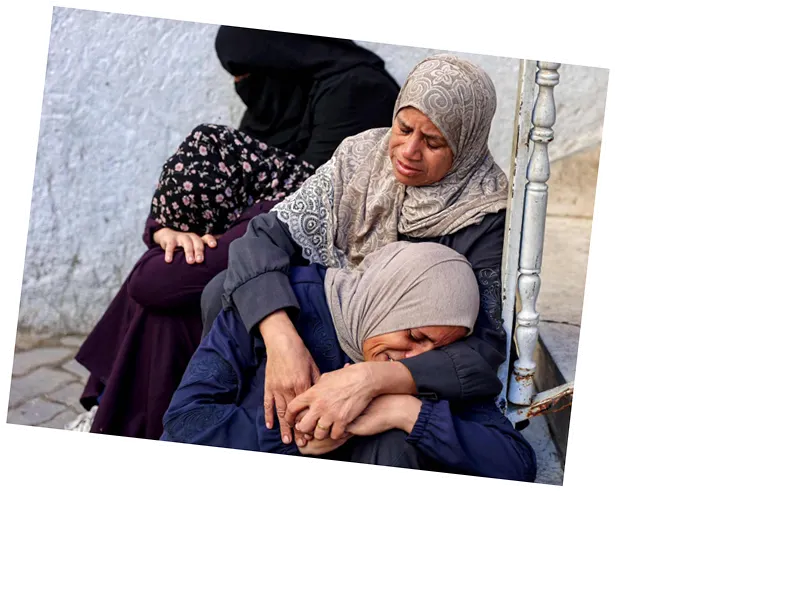Escalating Violence in Gaza: A Humanitarian Crisis
In the past 24 hours, the Gaza Strip has witnessed a surge in violence, resulting in the deaths of 33 Palestinians and injuries to 67 others due to three separate massacres committed by Israeli forces. The latest attacks, including airstrikes and artillery bombardments, have predominantly targeted civilian areas, exacerbating the already dire humanitarian situation in the region. Reports indicate that 26 martyrs were reported since dawn on Tuesday alone, highlighting the intensity of the conflict.
Targeting Civilians: A Pattern of Aggression
The bombardments have not only claimed lives but have also inflicted injuries on many, with specific incidents reported in the Ard Al-Shanti area and the Nuseirat camp. In one instance, two Palestinians were killed in an attack on Namaa College, and a farmer lost his life due to artillery fire directed at agricultural lands. These attacks reflect a disturbing trend of targeting civilian infrastructure, leading to widespread fear and suffering among the population.
Resistance Efforts Amidst Ongoing Conflict
In response to the ongoing aggression, Palestinian resistance factions, including the Al-Quds Brigades and Izz ad-Din al-Qassam Brigades, have intensified their operations. They have successfully executed sniper attacks against Israeli soldiers, showcasing their determination to resist occupation. Despite the overwhelming military might of Israel, the resistance continues to utilize various tactics to confront the ongoing aggression, raising questions about the long-term implications for both sides.
- The recent escalation of violence in Gaza has drawn international condemnation and calls for a ceasefire. Despite the UN Security Council's resolution urging an immediate halt to hostilities, the Israeli government has continued its military operations, leading to catastrophic humanitarian conditions in the region. The ongoing conflict has resulted in over 40,000 Palestinian deaths since October 7, 2023, with a significant number of casualties being women and children. The destruction of homes and infrastructure has compounded the crisis, leaving many without access to basic necessities such as food, water, and medical care.






